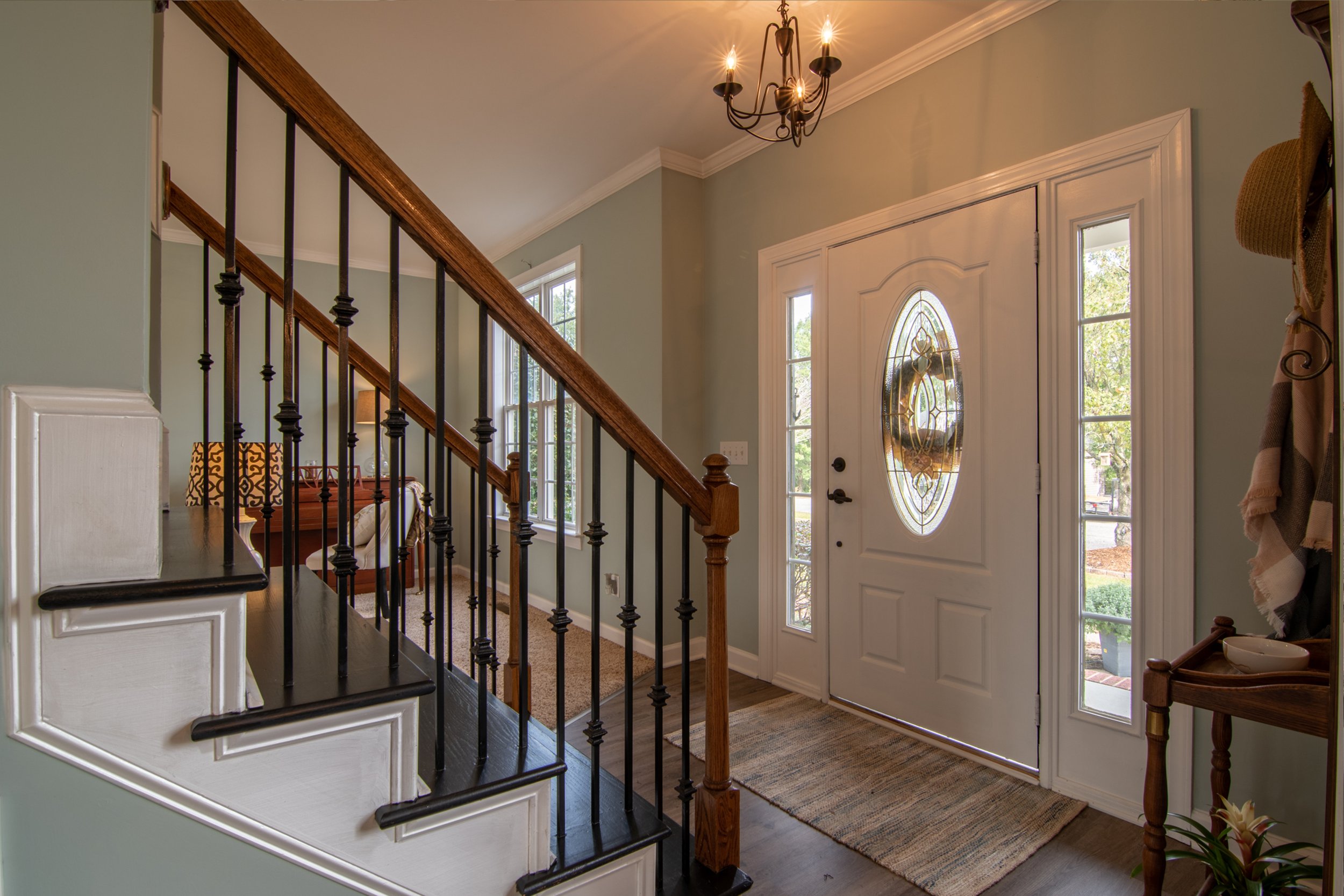A Guide to Choose the Best Landscape Design for Your Garden
Designing your own garden is a rewarding, cost-effective alternative that allows you to be quite creative. There are several tools and even garden design applications available to assist you in bringing your outdoor area to life, whether you need ideas for a little veggie patch, a larger plot, a courtyard or a balcony garden.
One of the most important aspects of building a nice-looking garden is ensuring that the garden plants have enough space to develop. Allow plenty of space between each plant while planting, and don't be afraid to use tall plants in the rear and lower ones in the front. Consider planting trees, bushes, or hedges to give drama and structure to your landscape. If you don't know how to do it yourself, you can always hire the best landscapers in to help you bring your vision to reality.
1. Analyze Your Existing Garden Space
Go outdoors and take some measurements. A measuring tape, a notepad, a pencil, and a rubber are all required. Measure the largest portions first, then tiny parts including nooks and crannies, and lastly the measurements of any existing garden rooms or structures. Take measures of the yard, patio, or balcony, paying specific attention to width and length. This can assist you to understand what you're dealing with, whether you're designing your garden layout yourself or hiring a professional landscape gardener in Sydney.
2. Make A List Of What You Want And Need
Creating a design brief of what you want and need from your garden area is critical and should be done early during the garden planning process.
You'll need to grasp any concerns that need to be addressed, such as a lumpy lawn, waterlogging issues, a lack of colour, and so on, as well as all of the goals you want to achieve with your garden project, such as beginning a kitchen garden or developing an area for cutting flowers.
Do you like a certain gardening style, such as cottage, prairie, sensory, beach, tropical, or modern? Understanding the appearance and feel of each is critical to doing it properly.
3. Draw Out Your First Design
On graph paper, create an outline of your garden and develop a list of plants, flower beds, walks, and other components you want to include in the design. A sketch can also assist in visualizing which places may not be suitable for garden planting.
At this stage, you may determine what you want to modify and what can stay the same. While a whole makeover generally leads to a more cohesive conclusion, it may be highly expensive and time-consuming. Making little changes will always be less expensive, but this method has a more limited reach.
4. Think About The Main Elements Of Landscape Design
Consider both hard and soft landscaping components early on to get the arrangement of your garden just right. Thorough planning is the key to a nice-looking landscape. Whatever the size of your garden, you must determine where the trees will grow, what sort of pavement will be used, which zones must be screened with plants or buildings, where the smaller plants will be, and so on. Your planning should be based on landscape design principles such as balance, unity, size, simplicity, sequence, variation, and focus.
5. Get To Know The Costs Of Garden Design
Even if you preserve some existing elements, engaging a landscaper to work on even a modest or simple garden design may be expensive when design costs, materials, plants, and hiring workers (which often amount to at least half the budget) are taken in.
Remember that a sloping garden will have insufficient drainage and that any structural elements, such as walls, garden rooms, or old paving, may need to be removed, which will cost more to redesign because the initial outlay for the preparatory works will be greater than when dealing with a flat, plain area.
6. Then Create a Budget For Your Garden Design
A new-look yard may be costly, especially in modern garden designs where a clean finish is required.
Determine how much you can afford to spend and identify areas where you can simply save money. Unfortunately, because there are so many options and it will largely depend on your chosen design, the state of the plot when you begin, and the elements you wish to include, setting a simple rate for metres squared or a percentage of house value isn't the most reliable way to work out the cost of your garden design if going through a professional.
7. Plan For Success
While you may arrange the elements of your garden according to your sense of design and function, keep in mind that the lowest plants should be placed at the front, while tall plants should be positioned closer to the rear of garden beds. This is essential for optimal daylight lighting and visibility of all plants.
Plant appropriately: Whether you want to create a tropical rainforest, a thriving vegetable garden, or a pared-back cool modern garden setting, proper planting is essential.
Many individuals are skeptical of professional costs, although they may be worthwhile. Consider hiring a professional garden designer service provider like Dr. Garden if you have a vast garden space and have never attempted a huge garden job before, or if you don't have expert friends or relatives to depend on when you need to know how to design and install your garden..
Author: Christopher Meloni







